Take a Risk Apple, Give Tony the Job

Over the past few years, rumors have run rampant that John Ternus is poised to claim the CEO position upon Tim Cook’s retirement. While they’re heating up, that’s not what I want to talk about. I want to talk about another candidate, not someone who can just perfect a product but someone who can draw the blueprints for a completely new one, someone who can undoubtedly push Apple to put a dent in the universe again.
“Ever wonder what this pocket’s for?”

Like many of you, I was skeptical of the iPhone Pocket when I first laid my eyes on the press release from Apple last week. Now is sort of a tone deaf time for a high fashion collaboration, but I’ve decided that this is a product that’s actually designed to bring joy. Having finally seen them in-person, I think I was right about that. They may just be a piece of cloth, but they’re extraordinarily nice. The knit feels incredibly high quality and the colors are drop dead gorgeous up close. But the best part was seeing people react to them, there was more buzz around a couple of socks than there was around the Vision Pro area.
10 Qualities the 8th CEO of Apple Should Have

There’s been a lot of discussion as of late about who may be the next CEO of Apple. As a lifelong observer, dare I say fan, I care deeply about who is going to steward the company into a future that no one quite anticipated. Instead of opining on what I think of each individual rumored candidate, I thought it would be more productive to offer a checklist of what qualities I think that the 8th Apple CEO ideally should have.
The iPhone Air is the One Steve Would Use

For the first time in years, an iPhone truly made me feel something again. When this year’s new devices came out, I picked up the iPhone 17 Pro Max, but I quietly (or not so quietly) harbored envy towards those who bravely picked the iPhone Air. About a week ago, I finally caved and picked up my very own iPhone Air.
I am absolutely smitten with this device in a way that feels foreign yet nostalgic.
My First 24 Hours with Meta's Incredible New Glasses & Muscle-Reading Wristband
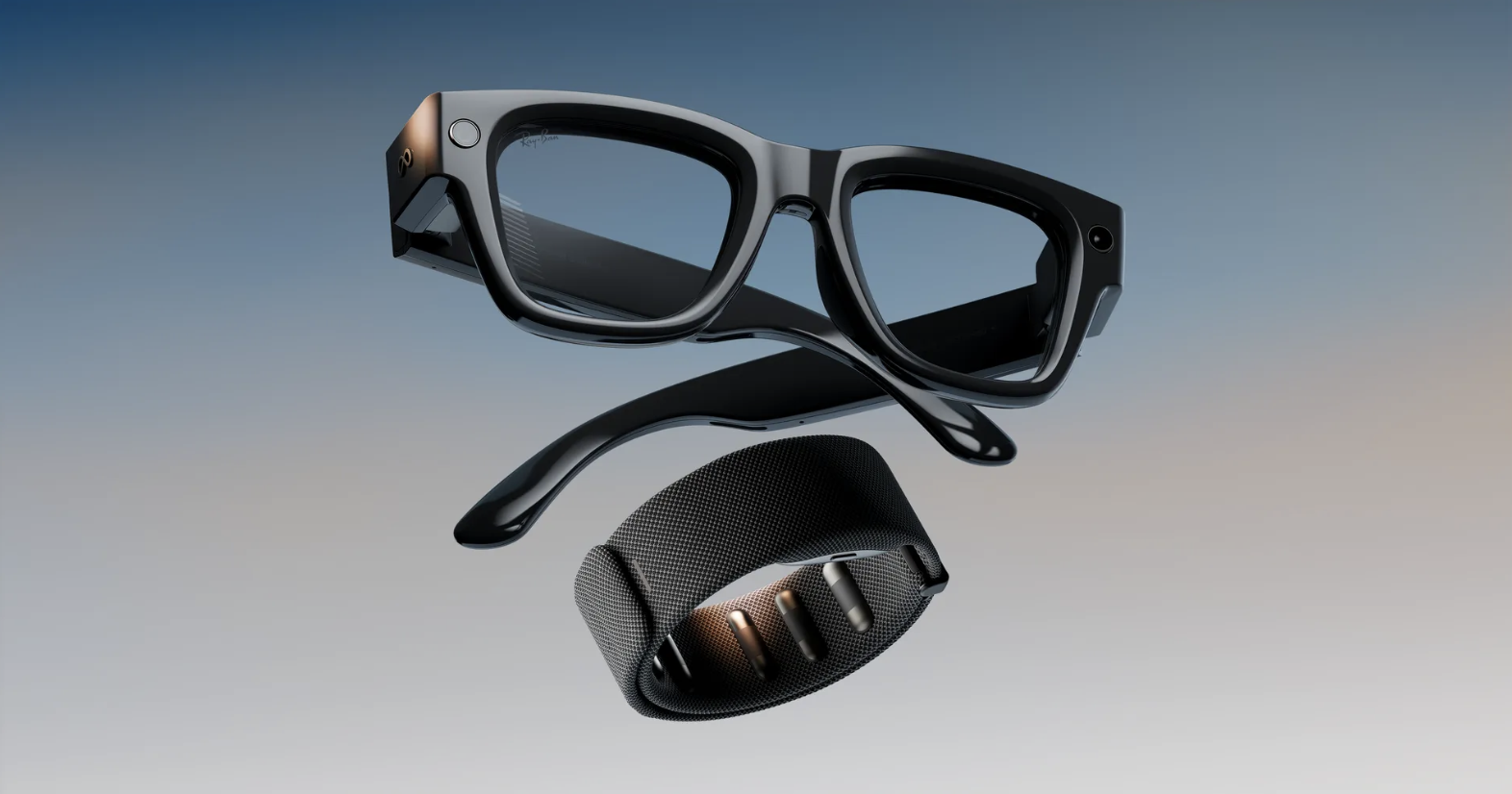 Let’s just start out with this, Meta is onto something. After the first 24 hours with my very own pair of Meta Ray Ban Displays, I must say, that Apple needs to get it together. I was already a big fan of the Meta Ray Ban glasses, frequently wearing them to listen to podcasts or take photos on the go. But like every nerd, I’ve always dreamed of having that perfect heads up display for contextual information. 13 years after Google Glass, Meta and Ray Ban have finally delivered on that original vision (pun totally intended).
Let’s just start out with this, Meta is onto something. After the first 24 hours with my very own pair of Meta Ray Ban Displays, I must say, that Apple needs to get it together. I was already a big fan of the Meta Ray Ban glasses, frequently wearing them to listen to podcasts or take photos on the go. But like every nerd, I’ve always dreamed of having that perfect heads up display for contextual information. 13 years after Google Glass, Meta and Ray Ban have finally delivered on that original vision (pun totally intended).
Scenes From Anthropic’s Activation at Graydon Carter’s Chic West Village Shop

This Friday afternoon I swung by the West Village for a free hat. Not just any hat though, a Claude hat. Anthropic is hosting a special activation this weekend here in Manhattan at Air Mail on Hudson Street which shares its name with the online newsletter. It’s a very stereotypical unassuming West Village shop at first, until you spot the line of New York’s hippest nerds along the sidewalk.
The Paradoxical iPhone Arrives: Launch Day Thoughts on Apple's 2025 Lineup
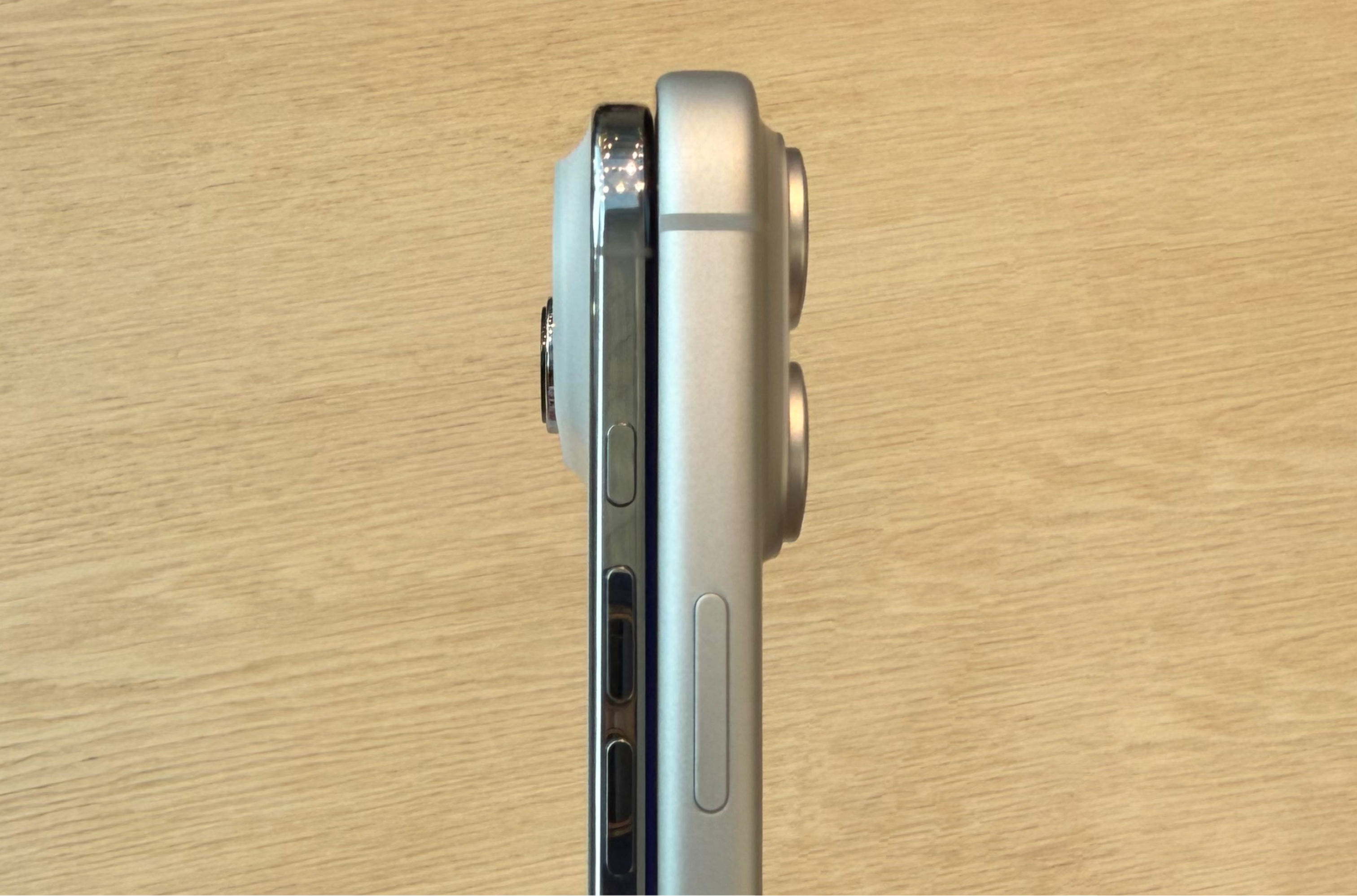
The new iPhones are indeed incredible. While I opted for the iPhone 17 Pro Max, the iPhone Air is truly unbelievable. When Apple called it a “paradox” I was skeptical, but that’s exactly what it feels like. The thinness and lightness is jaw dropping. It also happens to just be simply beautiful. The polished titanium rails look stunning, the closest thing we’ve had to the iPhone X design in years. While the mismatched corner radii of the plateau and the casing does bother me, it’s far less visible on the best of the four colors: space black. I cannot get over how sexy this phone is. It feels entirely new, but is visually reminiscent of the jet black iPhone 7, which is the best black they have ever shipped. Until today. While I haven’t bought an iPhone Air today, I know myself. I won’t be surprised if I make a switch mid-cycle.
Orangeness Beats Thinness: Thoughts on Yesterday’s Event
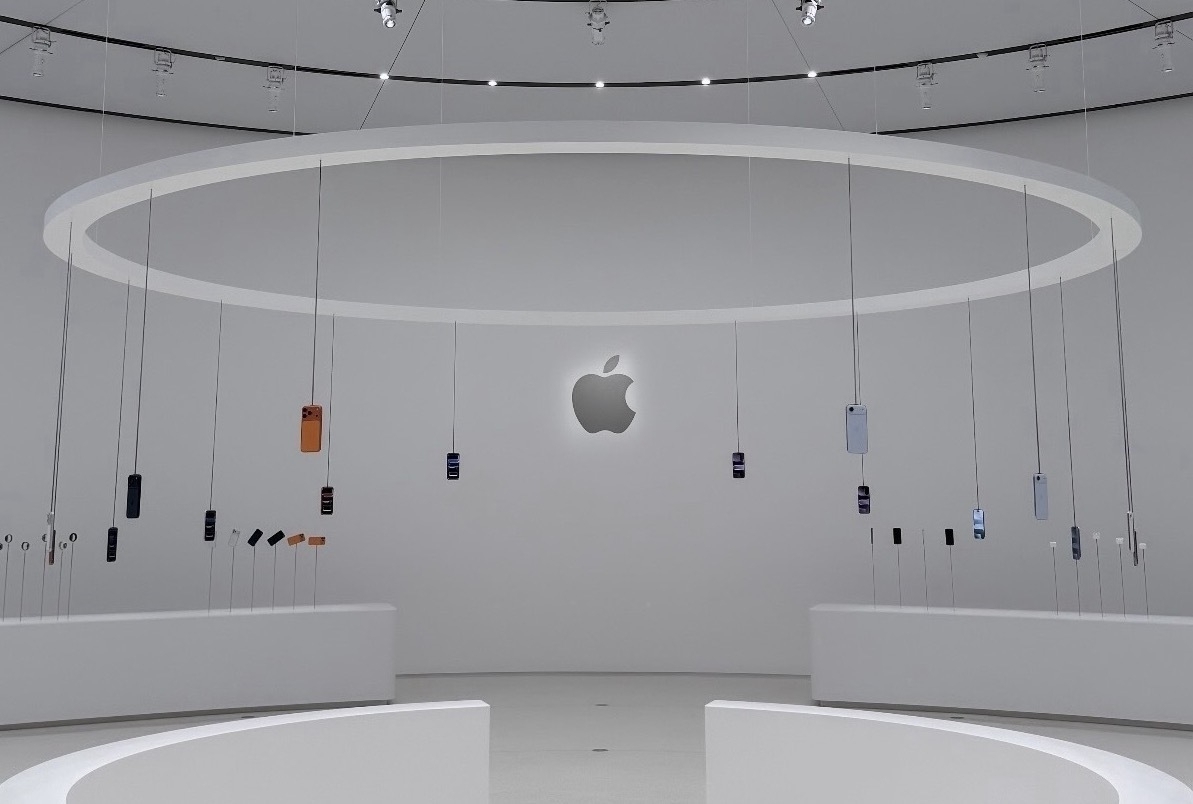 I don’t think there’s a whole lot of tea leaf reading to do after yesterday’s Apple event. The upgrades are fairly straightforward. But there are some intriguing notes that I wanted to share, so here we go…
I don’t think there’s a whole lot of tea leaf reading to do after yesterday’s Apple event. The upgrades are fairly straightforward. But there are some intriguing notes that I wanted to share, so here we go…
Keynotes are Bad Because Products Can’t Speak for Themselves Anymore

That Google event yesterday was very strange, from Jimmy Fallon’s general awkwardness to the uncomfortable QVC-style segment to the overuse of high profile celebrities. That’s already been discussed at length, so I won’t dwell on it. But it did get me thinking a lot about the state of product launches. Ever since the start of the pandemic we’ve been in a weird limbo, where some brands do videos and some host live keynotes. I’m personally a proponent of everyone returning to their pre-pandemic live formats, there are still a few holdouts, I’m looking at you Apple. Though the live stage presence is important for consumer confidence, human empathy, and an overall sense of community I think there’s actually something deeper going on.
GPT-5 Pushes Vibe Coding Beyond My Wildest Dreams
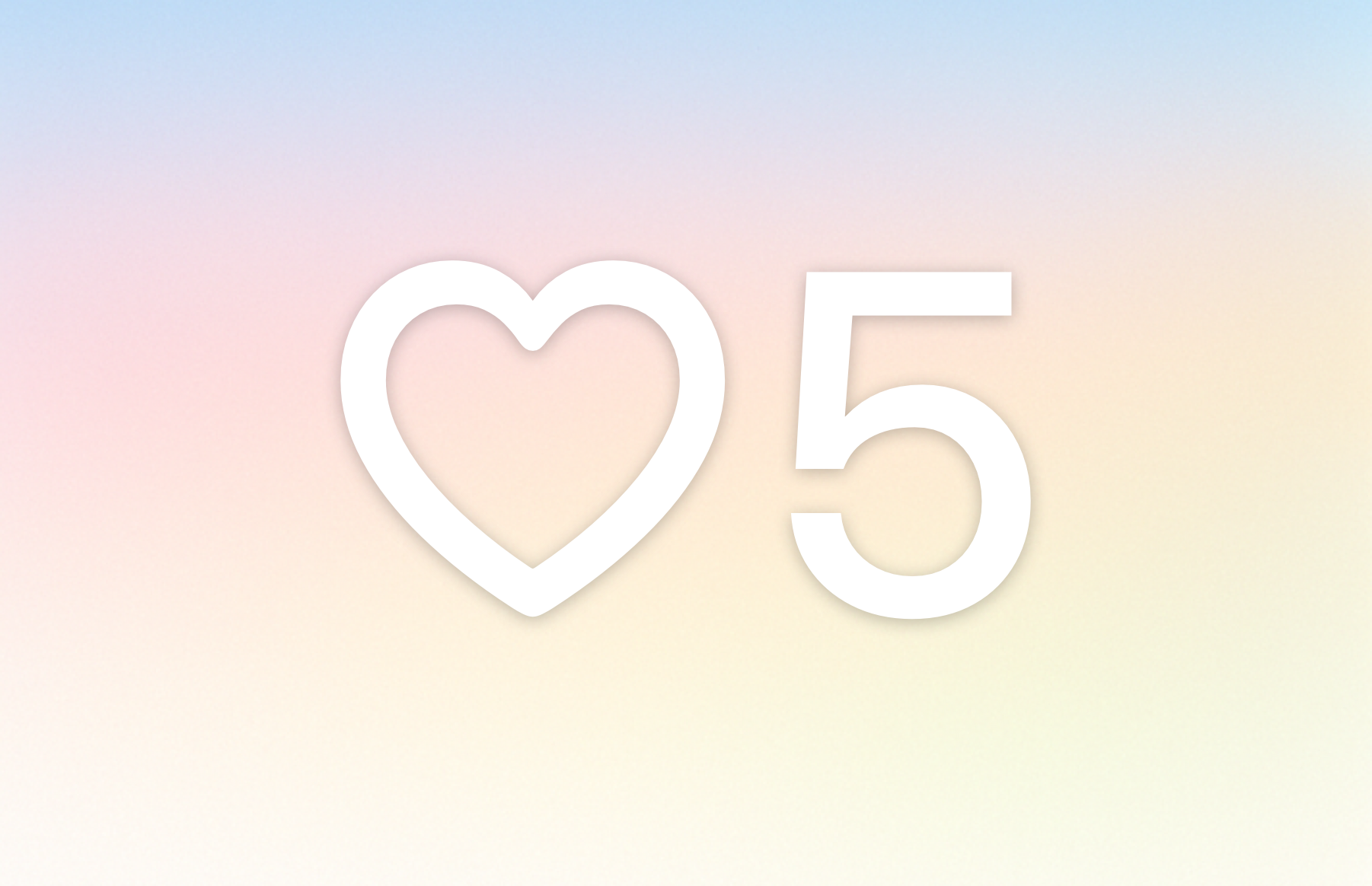
I’ve spent the past 6 months learning how to vibe code both native and web applications after spending copious amounts of time figuring out the very best way for me to prompt each large language model. It’s been a busy year for me personally and I’ve spun up tons of projects that I hope to someday actually ship, either as fully built tools or as downloadable projects on Github. Most of the work that I’ve done has been working with GPT-4o, the o4 series of models, and various Claude models. They’ve been really good at helping me get started, at crafting the bones of each thing that I have wanted to make. But they haven’t been great at designing user experiences and every couple of prompts I would run into a bug that broke the app. I’ve been anxiously awaiting GPT-5 specifically for these two reasons and I was holding out hope that it would impress.
Tinted Liquid Glass Should be the Future of User Interfaces on Apple Platforms

It’s certainly no secret that I am a huge fan of Apple’s new liquid glass design language. I know that’s not technically the name of the design system, in fact there actually isn’t one. Liquid glass is simply the core material of the new user interface, not the actual language. But for the sake of simplicity, I’m going to call it liquid glass regardless. I find the new look and feel to be extremely refreshing after more than a decade of flat visuals that generally lacked personality. Because liquid glass is so fluid, it comes to life when user interface elements move or get tapped. The playfulness of liquid glass hasn’t been up for debate, it seems to be generally well-received. But the actual look of the material, the clear component that is the namesake liquid glass, is controversial to say the least. Over the past few days I’ve started to think about how it could evolve over the next few years and I think I might have figured it out.
Ollama's New App Makes Running Local Models Even Easier
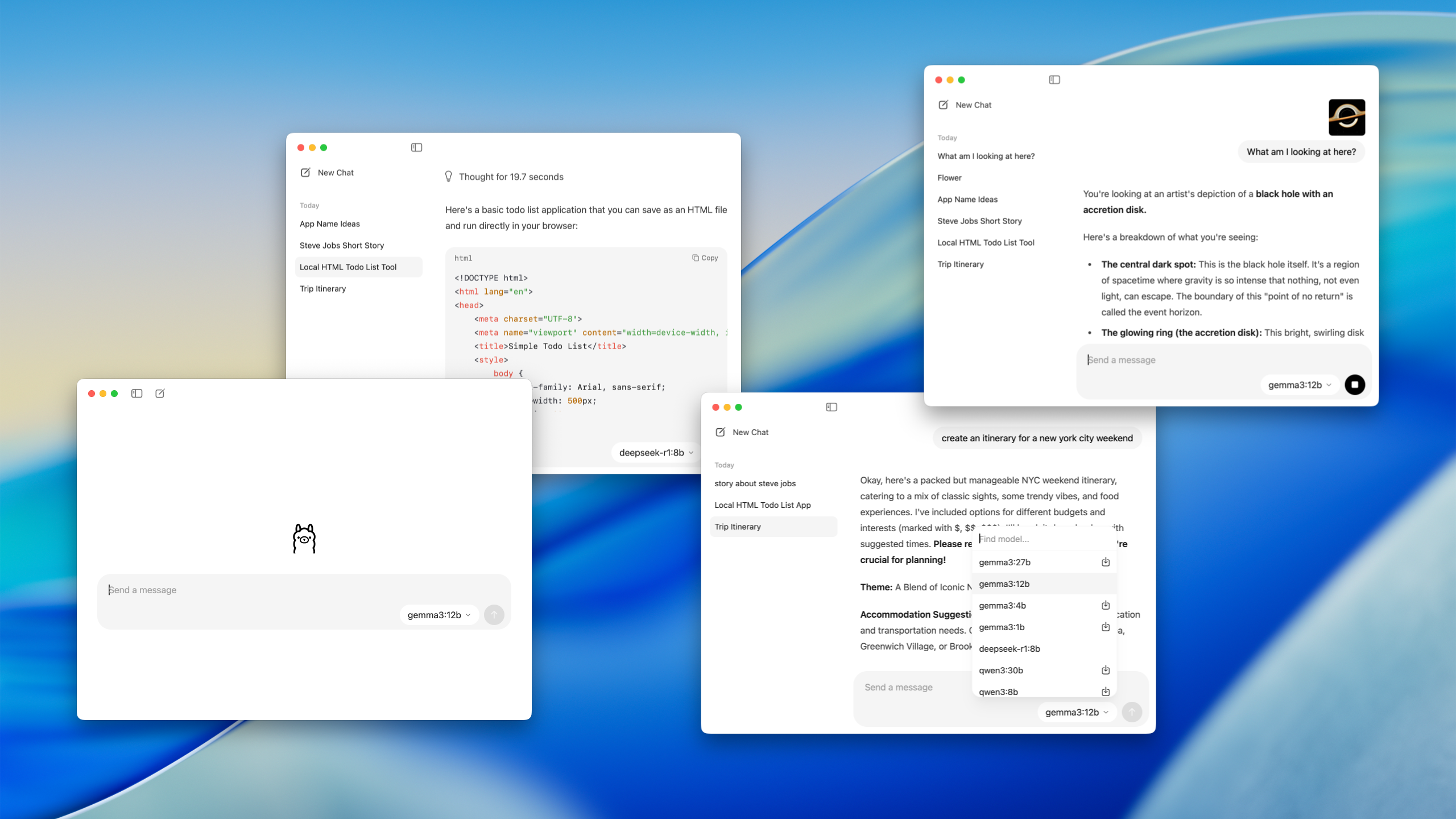
As a lifelong Mac user, I have a particular affinity for native applications. For a long time, most of the AI models were only useable through a web browser. But the model providers have slowly been rolling out fully native apps for their products. We now have native apps for ChatGPT, Claude, Copilot, Perplexity, among others. If you’re really into large language models, you likely also know a bit about using them via command line tools. Ollama has been the go-to solution for easily running models on your Mac via the Terminal. There have been third-party solutions that integrate with Ollama to offer proper graphic user interfaces, but none of them have quite made an impression. All of this makes local models a bit tedious to start using for the average person. The good news is that starting today you can easily install a native macOS Ollama app with the click of a button and get yourself using local large language models without ever launching the command line.
Yes, That Appears to be a Real iPhone 17 Pro
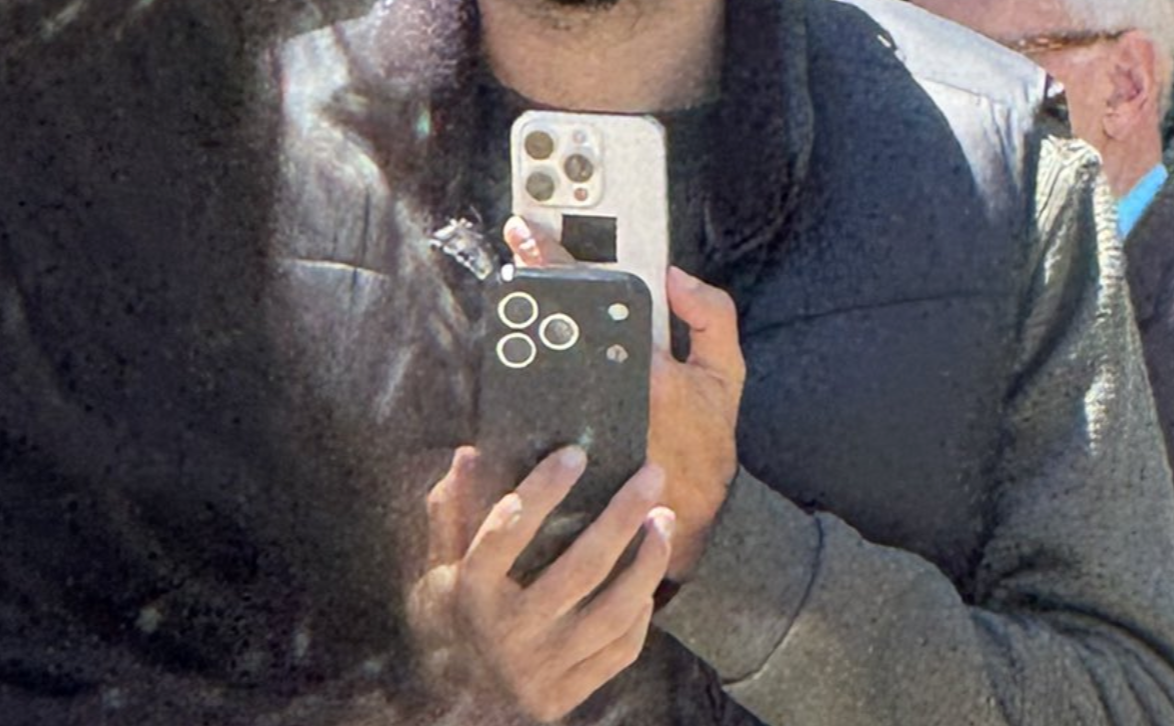
It looks like we just got our first look at a real iPhone 17 Pro. In an unlikely encounter in San Francisco, an X user by the name of Skyfops stumbled upon what must be an Apple employee testing an iPhone 17 Pro in one of Apple’s signature disguise cases. While there is some (very fair) skepticism surrounding this leak, I have heard that it is real.
Good Wearable AI Gadgets Are Already Here, And You Might Already Own One

We’ve all been waiting for the first good AI wearables to come along. There have been tons of attempts, from wrist-worn recording devices to pins with lasers to glasses with cameras. Company’s are throwing everything at the wall to see what might stick. Some of these gadgets have been pretty decent, namely Meta’s Ray Ban collaboration. The idea is sound but the AI has been mediocre. As cameras, they’re wonderful but as an AI gadget they’re mid at best. Perhaps that’s why Mark Zuckerberg has been on a rampant AI hiring spree. While that was happening though, Google dropped something that might just shake up the game. Gemini has finally arrived on Wear OS watches like the Pixel Watch and Galaxy Watch. And guess what? It’s really freaking good.
18 Years Ago Today, iPhone Premiered and Everything Changed

On this day, 18 years ago, the iPhone went on sale for the very first time at Apple and AT&T Stores across the United States. I was going to write a long piece reminiscing about that special day, but I remembered that I already did that a few years ago when I was at 9to5mac for the 14th anniversary. I highly recommend returning to that piece to relive launch day and though you may have issues with images showing up, the text is still great too if I do say so myself.
Meta Goes on an AI Hiring Spree, What's Apple's Plan?

Apple should be the one on a hiring spree. Over the past few weeks, Mark Zuckerberg and Meta have kicked the hiring and acquisitions machine into high gear. The man knows he can’t miss out on the next platform shift and it shows. It wasn’t the metaverse and it wasn’t goggles, but it’s almost certainly some form of personalized super intelligence.
F1 Marks Apple's Acceleration into a New Era of Entertainment

Apple’s had a very good run with its string of successful streaming shows on TV+ over the past six years and has frequently been called “the new HBO." But the company has struggled to land a true hit with its feature films that it bestowed theatrical releases on. Sure, they’ve won Oscars for CODA and movies like Killers of the Flower Moon were well-received. But none of them have been able to capture the scale of a massive cultural moment. I have good news, I think F1 is finally that film.
The Curious Case of Apple and Perplexity: Do They Need Each Other?

Apparently it’s the season of acquisitions and hirings. Thankfully, this time Apple is also in on the action. According to Mark Gurman, Apple executives are in the early stages of mulling an acquisition of Perplexity. My initial reaction was “that wouldn’t work.” But I’ve taken some time to think through what it could look like if it were to come to fruition. Let me share where my head’s at.
On Dia, Arc, and "People Don't Know What They Want Until You Show it to Them"
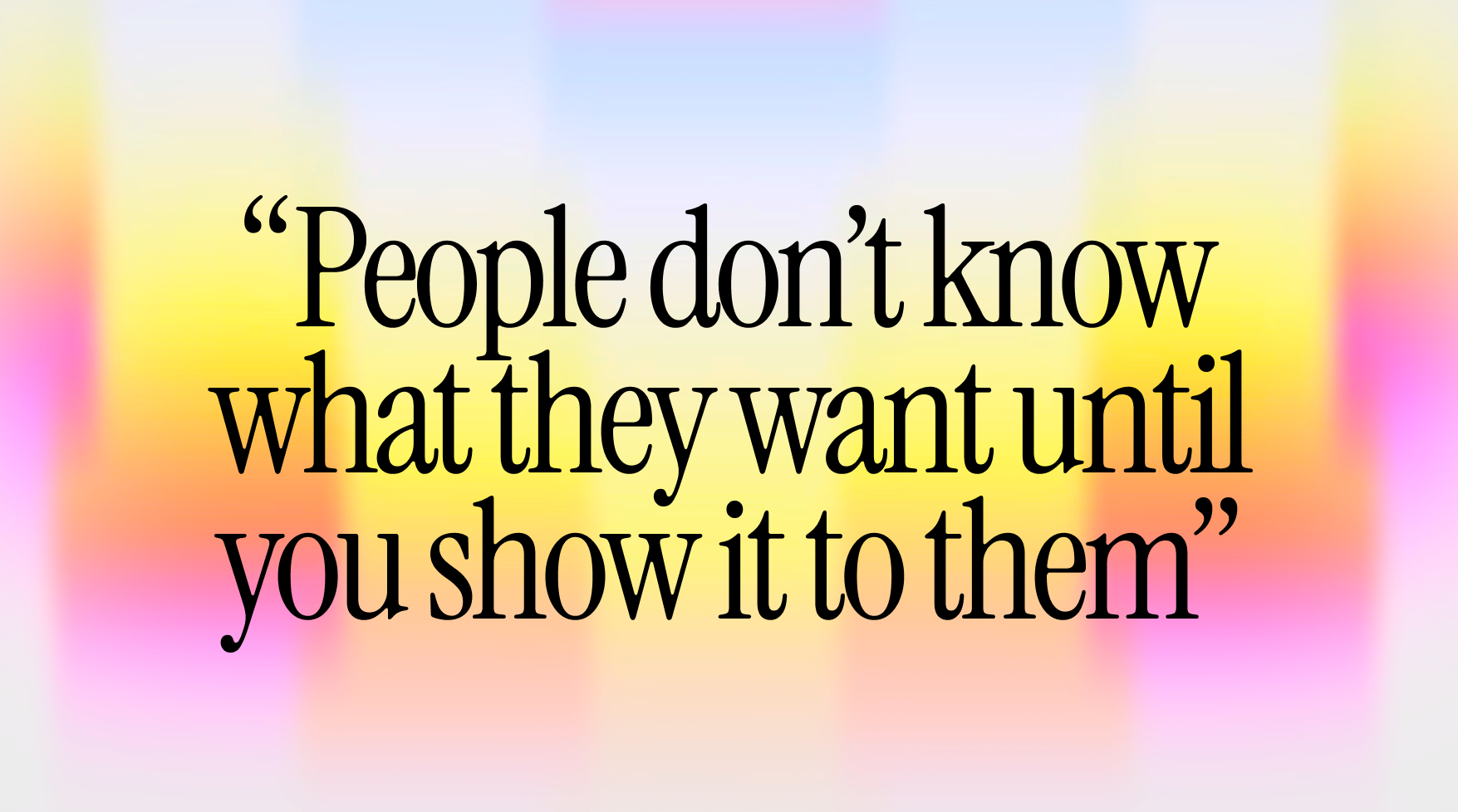
I was absolutely captivated by the Arc web browser from the moment I started using it a few years ago and quickly became an evangelist. It really felt like an entirely new idea for how to use the internet, it was more organized while also somehow being more fun. It became an essential part of my workflow on the Mac and when it first came to iPhone, it became a cross platform obsession. The introduction of Arc Search and Arc Max signaled however, that The Browser Company was thinking bigger. With the advent of AI tools around the same time as Arc was taking off, it was becoming clearer and clearer that the internet was about to change dramatically. Arc continued to improve between 2022 and 2024, but at the end of the year they decided to pivot. Instead of building on Arc, they chose to build an entirely new browser. I suppose apt for a company literally called “The Browser Company."
“The Talk Show Live” Returns to Form—And It Was Great

While there was a lot of consternation heading into WWDC over Apple skipping John Gruber’s live taping of The Talk Show, it might have all been for the best. Instead of sitting down with Craig and Joz, who were both unlikely to say much more than they did during the day, we got to hear a really fun conversation between John and two of my favorite people on the internet: Nilay Patel and Joanna Stern.